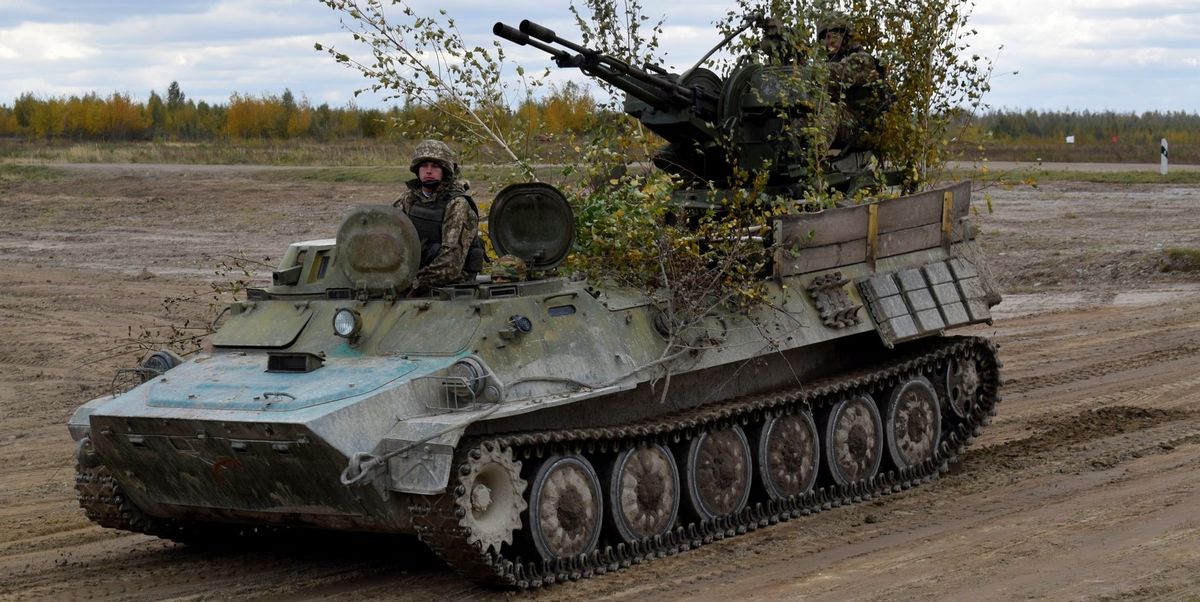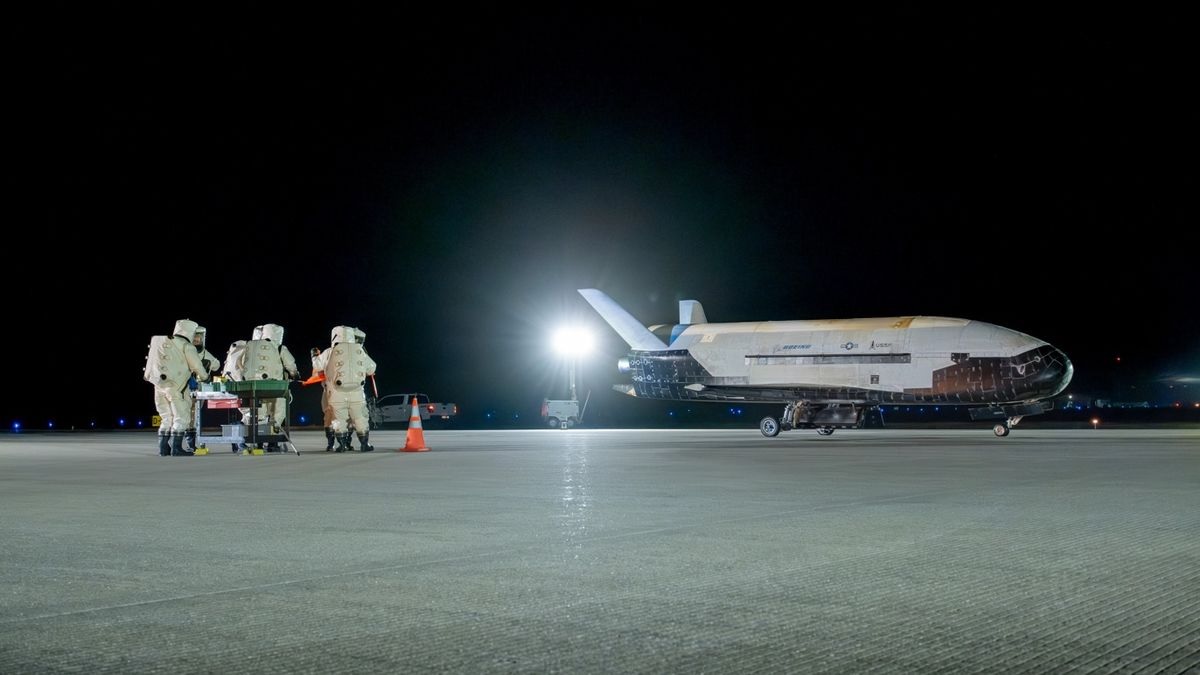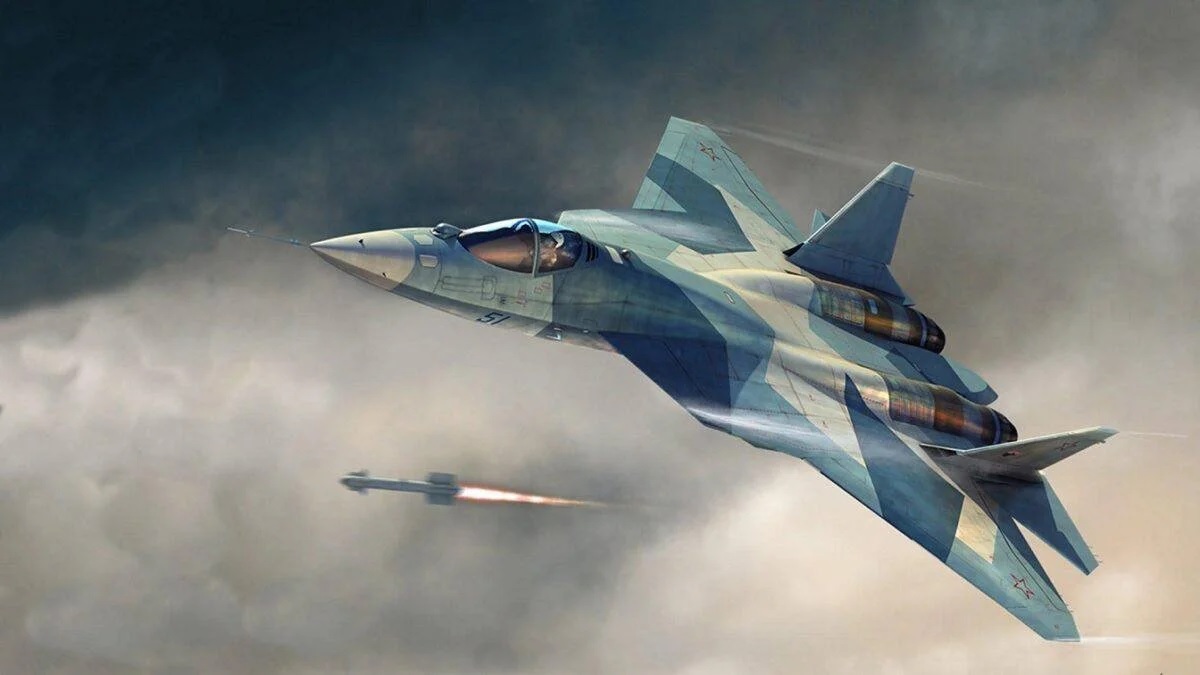Russian Forces Deploy Kamikaze MT-LB APC Against Ukrainian forces

On November 17, 2023, the Ukrainian 93rd Mechanized Brigade reported an incident near the village of Vodyane, west of the Avdiivka front in Ukraine. Russian forces attempted to breach a Ukrainian stronghold using a kamikaze vehicle, specifically an MT-LB armored personnel carrier loaded with approximately two tons of TNT.
The driver employed a tactic commonly associated with kamikaze attacks, maintaining speed by pulling the hand throttle and then abandoning the vehicle. Although the driver escaped unharmed, the kamikaze MT-LB encountered an anti-tank mine, interrupting its progress. Despite this, the ensuing explosion cleared a section of the minefield.
This event underscores the extreme measures Russian forces are taking to overcome fortified Ukrainian positions, involving the sacrifice of an armored vehicle with a significant quantity of explosives. It marks the third documented instance of a kamikaze vehicle, or Vehicle-Borne Improvised Explosive Device (VBIED), in the ongoing conflict in Ukraine.
The use of kamikaze-style attacks using repurposed military vehicles seems to be a growing trend within Russian forces, possibly driven by reports of a shortage of operational vehicles. Previous instances include the deployment of Stalin-era BTR-50 armored personnel carriers, a BTR-90 prototype sourced from a museum, the reintroduction of the Soviet-era T-80 tank, and the extraction of Soviet-era tanks from a military storage facility in eastern Siberia.
As reported on June 22, 2023, Russian soldiers had previously utilized a captured armored personnel carrier (likely an MT-LB) loaded with approximately 3.5 tons of TNT and five FAB-100 aerial bombs. The vehicle, employing a similar tactic, was used to target a Ukrainian stronghold, resulting in a significant explosion. Questions linger regarding whether the MT-LB was remotely detonated.
The MT-LB, an amphibious multipurpose tracked armored vehicle developed in Ukraine in the 1960s, is extensively used by the Russian army. With over 80 variants and 1,493 units in service, it can tow trailers or weapons up to 6,500 kg and accommodate 11 soldiers. Armed with a 7.62mm PKT machine gun, it provides protection against small arms and shell splinters, reaching a speed of 62 km/h with a cruising range of 500 km.
Hugo Kaaman, a researcher tracking VBIEDs, noted that the use of car bombs is typically associated with technologically inferior forces lacking an effective air force. Despite Russia powerful air forces, Ukraine strategic actions have forced them to operate at a distance from the battlefield, evening the odds on the ground.
The deployment of kamikaze-style tactics using armored vehicles draws historical parallels, such as ISIS militants using car bombs and German usage of Goliaths during World War 2. Goliaths were small remotely-controlled tracked vehicles carrying explosives for tank destruction and disrupting infantry formations.



